
But dig beneath the numbers, and MLB tends to get a little uncomfortable. Social and economic change has moved painfully slow through the years. Sure, MLB can tout the hiring of a woman as an assistant baseball coach, with Alyssa Nakken coaching at third base earlier this year for the San Francisco Giants, or Rachel Balkovec managing at the minor-league level for the Florida State League’s Tampa Tarpons. Teams hold Pride Nights to acknowledge gay and lesbian fans.
And certainly, MLB has properly acknowledged the achievements of Jackie Robinson, who broke the modern-day color line in April 1947 when he debuted for the Brooklyn Dodgers. But is retiring a number or holding annual ceremonies enough?
As Sen. Charles Sumner of Massachusetts noted in June 1865, “liberty has been won. The battle for equality is still pending.”
MLB has been slow to wage that battle for equality, uncomfortable with those people who create ripples in the otherwise calm sea of baseball. Peter Dreier and Robert Elias take a look at the men and women who fought against racism, sexism and homophobia in the national pastime through the years in Baseball Rebels: The Players, People, and Social Movements that Shook Up the Game and Changed America (University of Nebraska Press; hardback; $36.95; 370 pages).
In his 10-year-after sequel to the groundbreaking 1970 book, Ball Four, former MLB pitcher Jim Bouton wrote that in any human group, family or tribe there are shared expectations of behavior. Any member of that group who deviates from those norms calls the group’s basic values into question.
“It makes them nervous,” Bouton wrote in 1981’s Ball Four Plus Five.
Many baseball fans already know the stories about Robinson, Curt Flood’s challenge to baseball’s reserve clause and Marvin Miller’s fight for collective bargaining. We are stronger because of their efforts. Robinson endured horrific conditions and epithets during his career; Flood sacrificed his career for a principle that led to players making competitive salaries (some might argue exorbitant these days); while Miller transformed the Major League Baseball Players Association into sports’ most powerful labor union.
 Peter Dreier.
Peter Dreier. Dreier and Elias introduce the reader to lesser-known rebels — I prefer to call them pioneers — who, in their own ways, paved the way for future generations.
Dreier channels his love of baseball and politics into this work. He is a former newspaper reporter and is the E.P. Clapp distinguished professor of politics at Occidental College. He has been at the Los Angeles-based college since 1993 and is a professor of urban and environmental policy.
Like the topics he covers in this book, Dreier has been an active at the local and national level. He was the housing director at the Boston Redevelopment Authority and served as a senior policy adviser to that city’s mayor at the time, Ray Flynn.
 Robert Elias.
Robert Elias. Both authors have been busy. Two weeks after Baseball Rebels was published, they collaborated on a similarly titled book, Major League Rebels: Baseball Battles over Workers’ Rights and American Empire. I have not read the second book, but it appears to be more focused on the business and labor pioneers in the game.
Baseball Rebels introduces the reader to racial pioneers like Octavius Catto, a 19th-century activist who pioneered education for Blacks, integrated streetcars in Philadelphia and the U.S. military and founded and starred at shortstop for the Black Pythian Base Ball Club. Catto “sought to lure and organize young Black men into his activist circles,” and baseball was the best way to do so, the authors write.
 Octavius Catto.
Octavius Catto. Andrew “Rube” Foster and Effa Manley — the first woman elected to the National Baseball Hall of Fame — would play a big role in the Negro Leagues during the 20th century, and sportswriter Wendell Smith would lead the crusade in the Black press. Surprisingly, so did Lester Rodney of the Communist Party’s Daily Worker newspaper.
The authors examine the influence of women in sports, including the All-American Girls Professional Baseball League. Blacks certainly had a hard road to acceptance, but women had a similar bumpy road.
“The female has no place in base ball, except to the degradation of the game,” the authors quote from an 1885 St. Louis Post-Dispatch editorial.
Don’t tell that to Alta Weiss, the “girl wonder” who pitched for a men’s semipro team before entering the medical profession. In 1907, an article in The Shreveport Journal notes that Weiss, who was 17 at the time, was a “believer in the subtile (sic) muscle.”
“You don’t have to be ‘knotty’ to be strong,” Weiss said at the time. “Muscle should not obtrude itself until needed.”
She added that she was “born to play ball,” and who could argue.
The authors also tell the well-known story of Jackie Mitchell, who struck out Babe Ruth and Lou Gehrig during an exhibition game in Chattanooga, Tennessee, in 1931, when she was 17 years old. The story of Helen Callaghan, who played in the AAGPBL and whose son, Casey Candaele, would play in the majors, also gets fair play.
The authors also write about sexual preferences of players, including the lesbian relationship between AAGPBL player Terry Donahue and Pat Henschel. The two women wrote long love letters to one another, but wanting to keep their relationship a secret, tore off their signatures from their letters.
The AAGPBL, like MLB, was racially segregated, too. But Black women players like Connie Morgan, Toni Stephens and Mamie “Peanut” Johnson played in the otherwise all-male Negro Leagues. Their barrier-breaking efforts led to pitcher Mo’ne Davis becoming the first girl to pitch a shutout in a Little League World Series championship game in August 2014. Ila Borders would similarly break barriers at the college baseball level and later became the first woman to officially win a game in a men’s regular-season professional league (outside of the Negro Leagues) in 1998.
Players like Glenn Burke and Billy Bean were gay players who did not reveal their lifestyle until after they retired. The authors note that among athletes in men’s U.S. major team sports, only five players have “come out of the closet” while still actively competing.
Being “outed” was a big issue for gay players. The authors present an example of Bean, who, while with the Dodgers in 1989, hid in a video booth when another teammate entered a bookstore he was visiting. Bean had been browsing books in the section about homosexuality and “felt wracked with shame” and was afraid of being caught.
But Bean later became a public figure for LGBTQ rights and was named as MLB’s first ambassador for inclusion in 2014.
That does not mean that everyone in MLB is comfortable. Evangelical or fundamentalist Christian players like Torii Hunter and Lance Berkman have expressed concerns, along with others. The authors note that Hunter told a reporter in 2012 that having a gay teammate would be “difficult and uncomfortable,” while Berkman noted three years later that “tolerance is the virtue that’s killing this country.”
Conversely, Ken Griffey told Sports Illustrated in 2005, “If you can play, you can play.”
The authors end the book with a look at modern-day activists and “an agenda for change.”
There is plenty of talk about freedom of speech in sports until a player voices an opinion that might go against the grain of the mainstream. Carlos Delgado was embroiled in controversy for his refusal to stand for “God Bless America,” explaining that he was not unpatriotic but was protesting “American militarism” because he objected to the way the song was tied with the Sept. 11 attacks to the war in Iraq. Delgado also has spoken out about MLB’s record in hiring Latino managers.
Other players have expressed their support for protests against police abuse. Giants manager Gabe Kapler, who took a knee before a 2020 game, said that “I don’t see it as disrespect at all.”
“I see nothing more American than standing up for what you believe in,” Kapler told USA Today.
Pitcher Sean Doolittle “has become the most outspoken professional baseball player of the twenty-first century,” the authors write.
The Washington Nationals’ reliever had 29 saves the year the team won the National League pennant (in a glitch, the authors wrote that Washington took the American League title) and the World Series. He has worked with veterans groups and youth baseball players, and Doolittle and his wife (Eireann Dolan) hosted a dinner in Chicago for 17 Syrian refugee families. He has also been an advocate for workers and unions, and after George Floyd’s death in Minneapolis the pitcher tweeted that “race is America’s original sin.”
Baseball rebel? “Baseball visionary” is probably a better description for Doolittle.
The authors’ agenda includes getting Flood inducted into the Hall of Fame, ending baseball subsidies for team owners and encouraging the MLBPA to join the AFL-CIO union. They also applaud the hiring of more women in key positions, including Kim Ng, who was named the Miami Marlins’ general manager in November 2020. They also advocate a women’s professional baseball league.
The authors have chapter end notes and an extensive bibliography. They write clearly and do a nice job digging into those activists who may not have received the same treatment as a Jackie Robinson or a Curt Flood. To be sure, Robinson and Flood deserve every accolade extended to them, but Baseball Rebels is a much more detailed look at activists who also helped baseball progress, albeit slowly in some cases.
“In the arenas of race, gender and sexuality, baseball has made significant progress, but more must be done to align the sport with the growing movements for social justice,” the authors write.
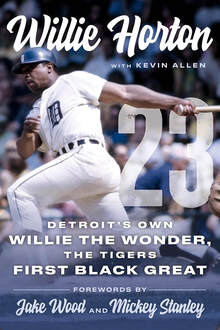
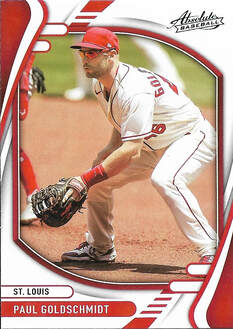
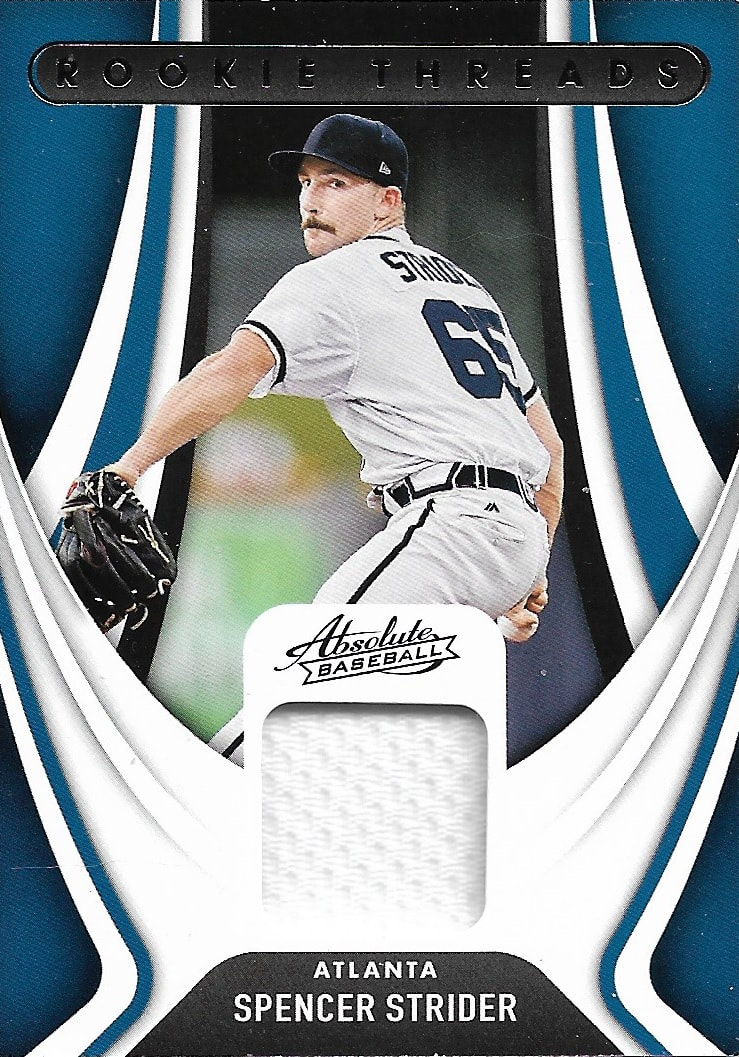
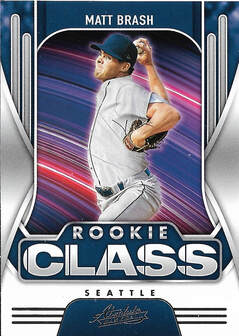
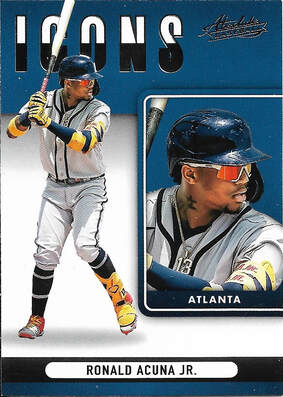

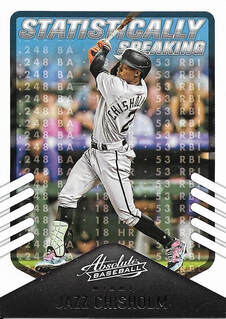

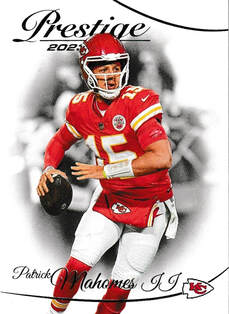
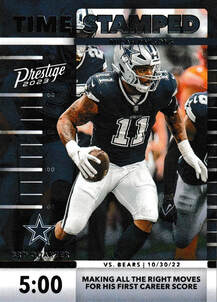
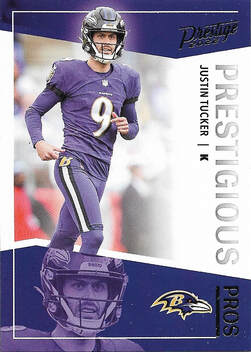
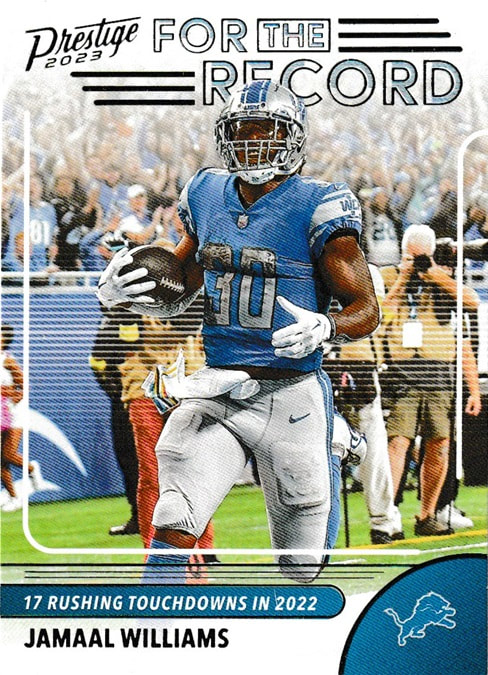
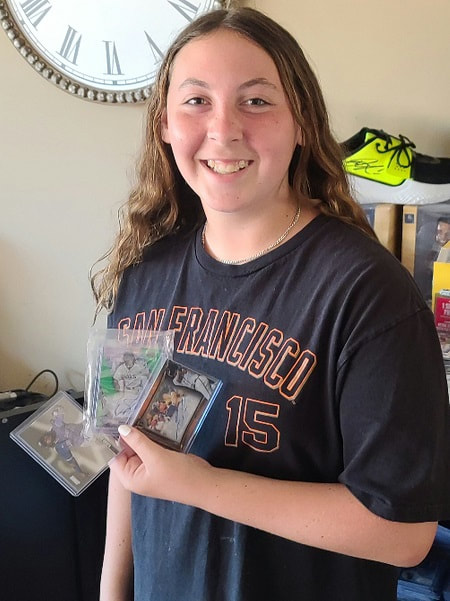

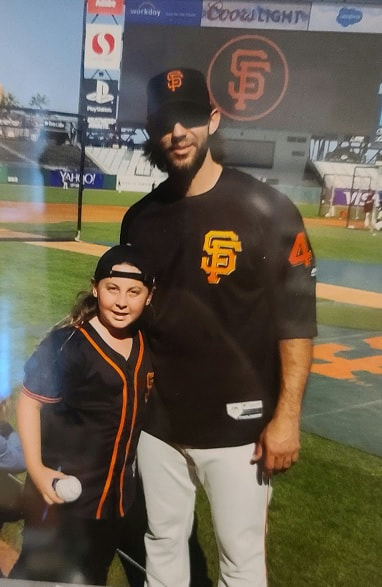
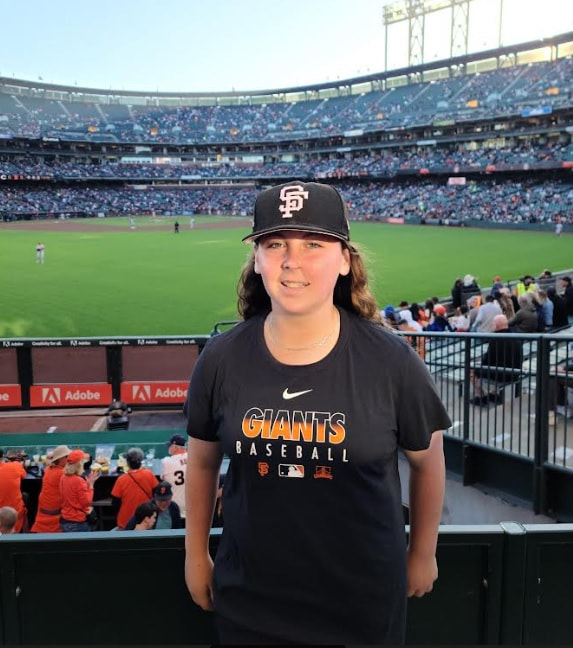
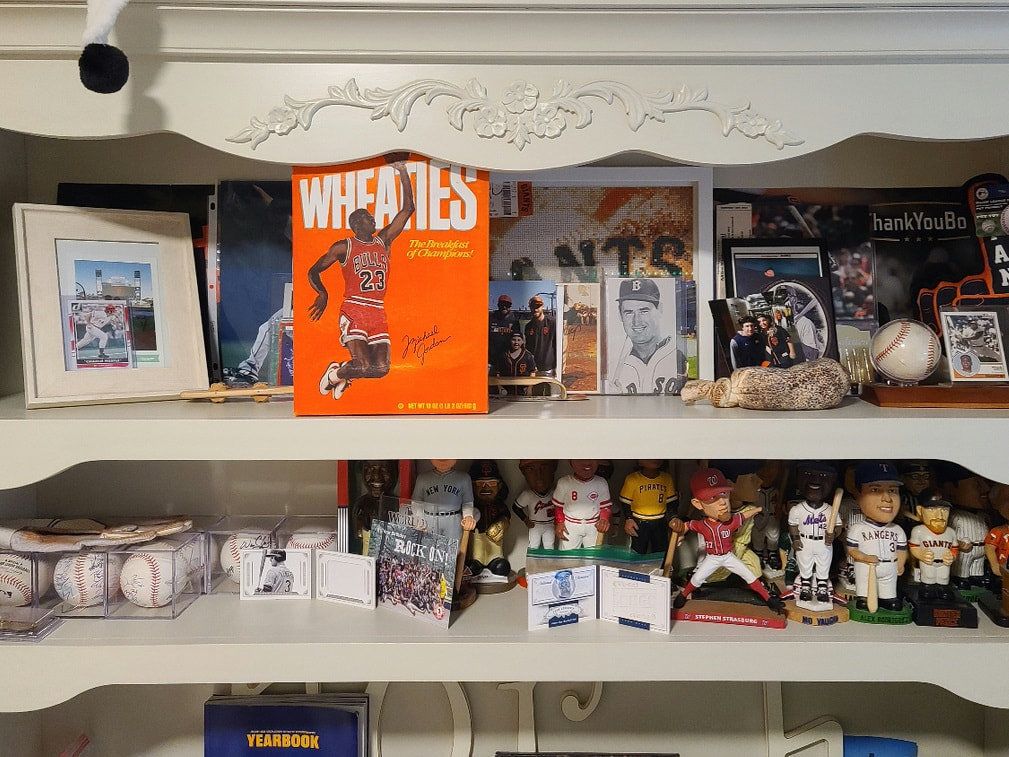
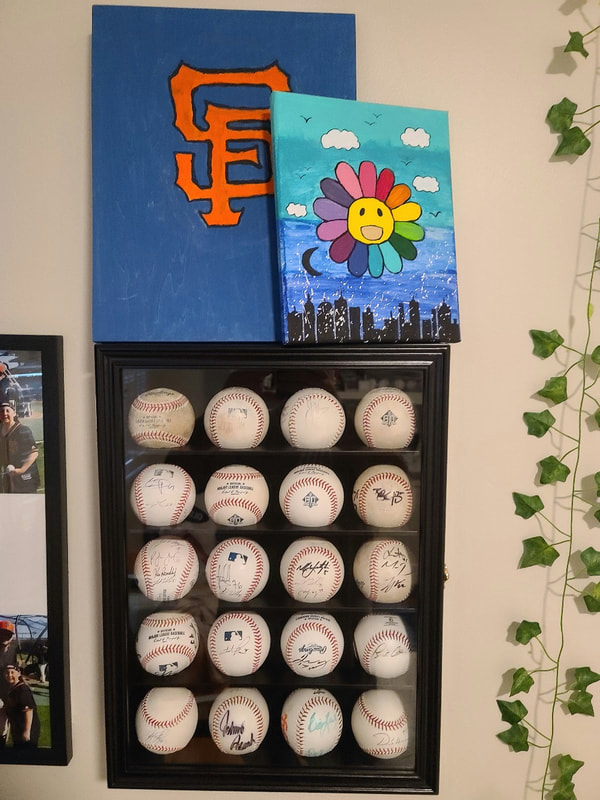

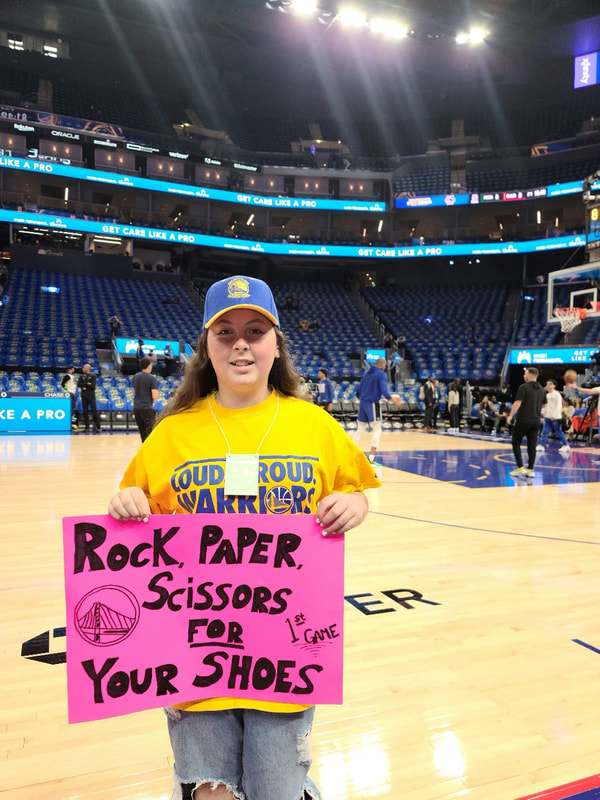


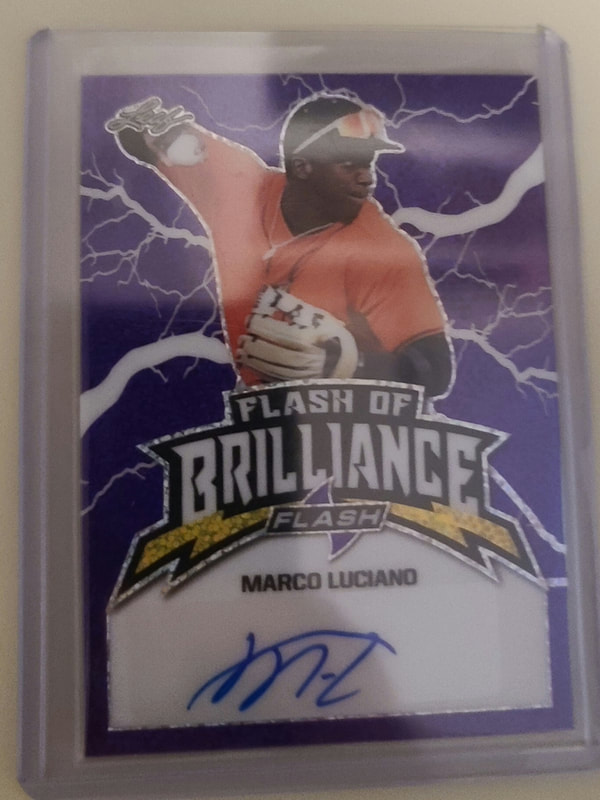
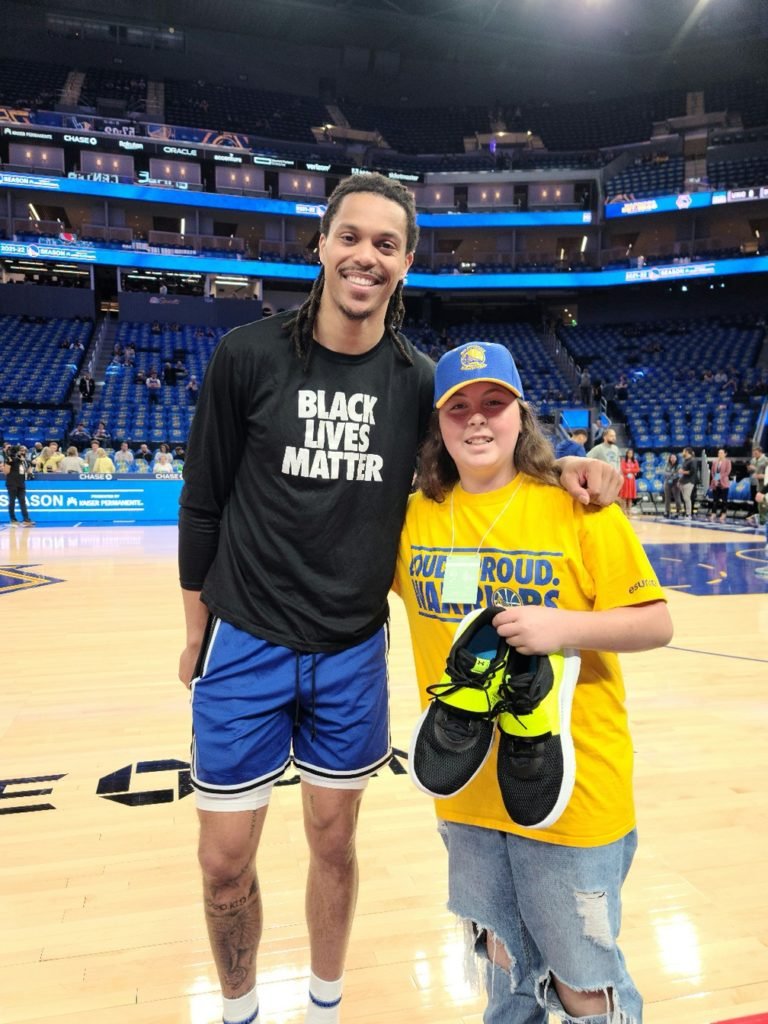
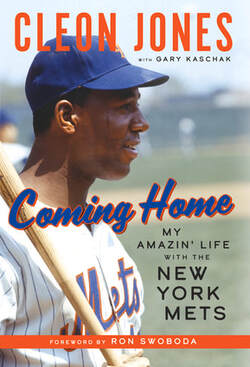
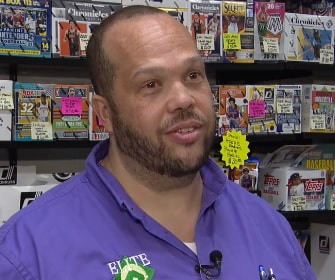
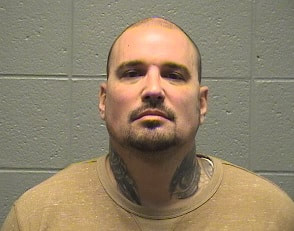









 RSS Feed
RSS Feed
